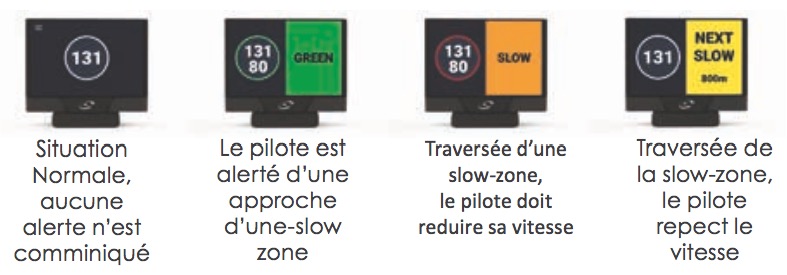Coyote and Peter Auto
HOME » Magazine » April 2020 » Bits and Pieces » Coyote and Peter Auto
Historic motor racing, even if it could be described as a leisure activity, is a branch of motor sport that has to comply with regulations ensuring the safety of all those involved. In particular, the regs impose the deployment of a safety car in the case of an accident or breakdown to ensure that a low speed is maintained to make the circuit safe during activity by marshals or rescue vehicles. On long circuits like Le Mans, the arrival of the safety car can signal the end of a race for the drivers. This is why slow zones were introduced in 2016 at Peter Auto events enabling circuits to be divided up into several sectors thus isolating the zone at risk where an intervention is taking place.

Coyote, the leading traffic and speed camera information provider, has teamed up with Peter Auto to provide a speed monitoring unit installed on board the cars that emits a visual warning at the approach to, and the crossing of, a slow zone. Reduced visibility, noise, and adrenaline are all factors that can alter the drivers’ perception and can lead to genuine mistakes such as pit lane speeding or overtaking on yellows. The Coyote UP assistant speed monitoring unit is linked by computer to Race Control and not only warns the driver, but also identifies cars being driven in a dangerous manner and enables officials to penalise them.
This system, unique in the world of historic motor sport, required more than six months’ development to meet the needs, restrictions and expectations of officials and drivers. It will be exclusively available for three years at events organised by Peter Auto and will undergo its first test at the Dix Mille Tours, Spa-Classic and the Grand Prix de l’Age d’Or after which it will become officially operative at Le Mans Classic.
These stories are all from the pages of Historic Motor Racing News. Some have been abbreviated for this web site. If you'd like to receive the full version, please visit our subscription page where you will find postal subscriptions available. A full subscription also entitles you to access the current issue online (available soon), so you can take it with you and read it anywhere, and we are working on providing full access to our archives of back issues exclusively for our subscribers.